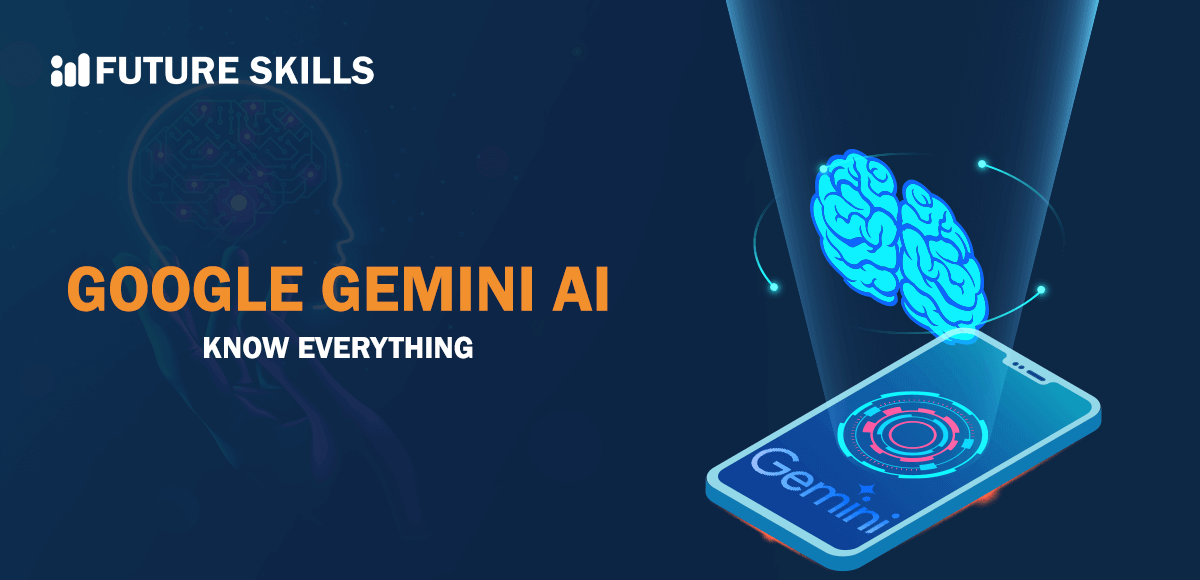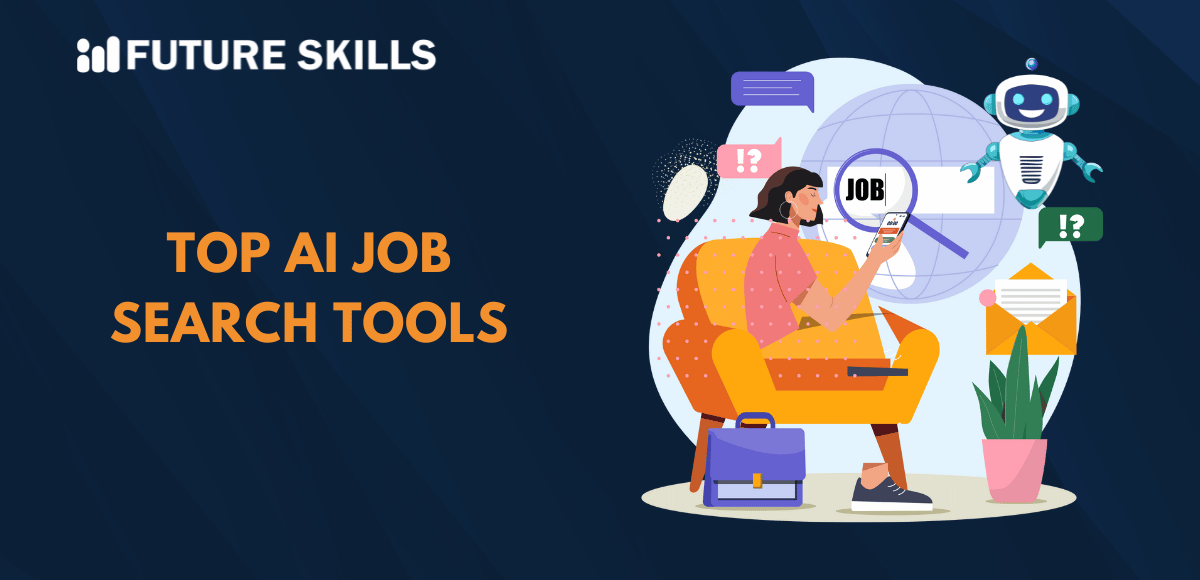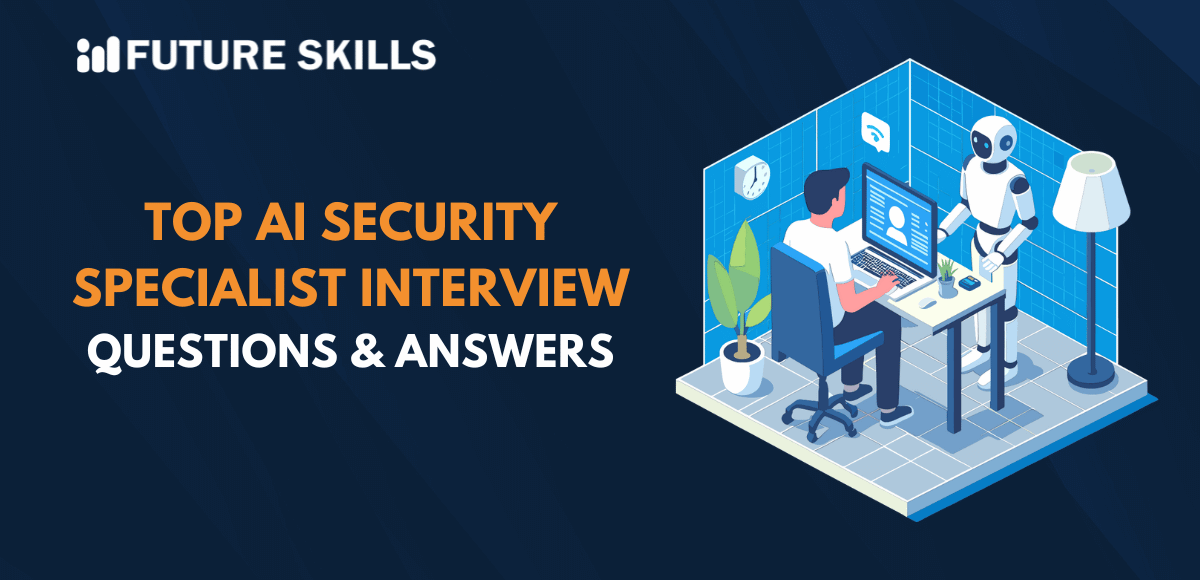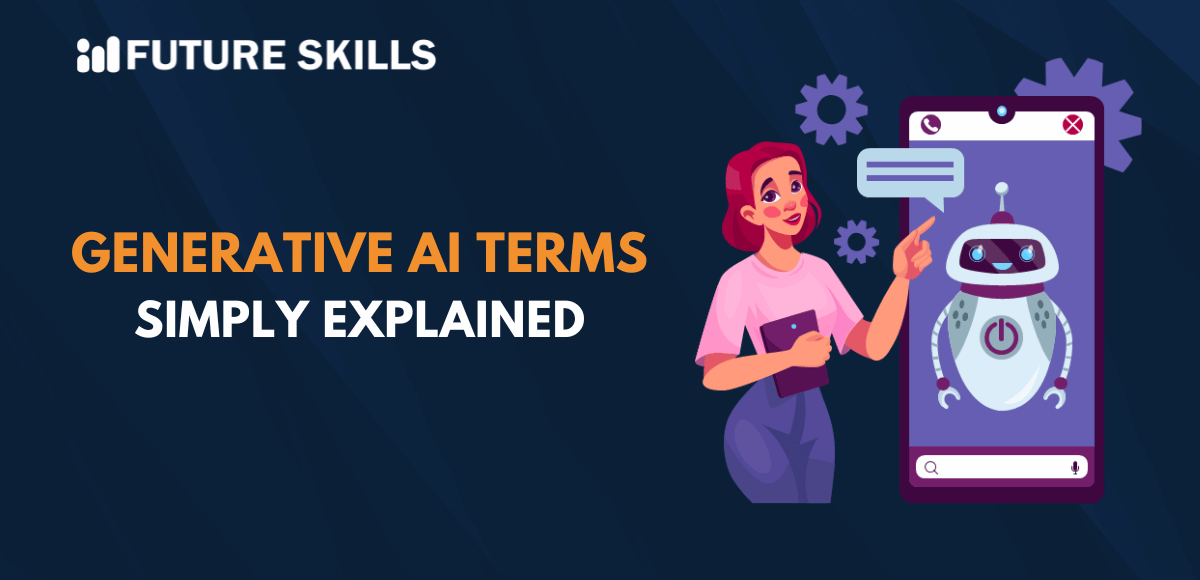OpenAI has ruled the domain of generative AI with ChatGPT as a dominant force. The GPT-4 large language model by OpenAI powered up ChatGPT as well as Microsoft Copilot and created transformative changes. However, Google Gemini has emerged as a fresh challenger to OpenAI with multimodal capabilities. Anyone who wants to learn Gemini AI is likely to have doubts regarding the identity of the tool.
Is it a special generative AI tool introduced by Google after Bard? Interestingly, Google Gemini is nothing but a makeover to Bard. It was launched officially in February 2024 and has created massive waves in the domain of technology. It is also important to remember that Gemini was the large language model underlying the impressive performance of Google Bard. Let us learn more about Google Gemini and what it can help you achieve.
Want to gain practical skills in using OpenAI API and implementing API calls to facilitate LLM interactions, Enroll now in the Certified Prompt Engineering Expert (CPEE)™ Certification.
Definition of Google Gemini
The first thing that would come to mind when you hear of Google Gemini is the identity of the tool. You must find clear answers to “What is Google Gemini” to understand its significance. Google Gemini refers to a combination of different AI models by the tech giant as well as the new name for Google Bard. You can think of it as the alternative to GPT by OpenAI, which is also another family of large language models.
The primary difference between Google Gemini and GPT is the multimodal capabilities. Gemini can understand and respond to text in natural language like other large language models. At the same time, it can also understand, work on, and combine other types of information, such as images, videos, code, and audio. For example, you can ask Gemini about an image, and it will describe the image according to your prompts.
The Gemini AI Google relationship adds more credibility to the importance of Gemini. How? Many companies are secretive about the specific aspects of the working of their models. Interestingly, Google has stated that Gemini utilizes a transformer architecture and leverages strategies, such as fine-tuning and pre-training, like other LLMs. On top of that, Gemini is also trained in using images, videos, and audio alongside text. Therefore, it could develop a more intuitive understanding of different inputs.
Level up your ChatGPT skills and kickstart your journey towards superhuman capabilities with Free ChatGPT and AI Fundamental Course.
What are the Different Variants of Google Gemini?
Google Gemini can run on almost any device, and the three versions ensure that it delivers better accessibility. Any Google Gemini AI guide will show you that generative AI tools such as Gemini Ultra, Pro, and Nano are available. The versions ensure that Google Gemini can run efficiently on data centers as well as smartphones.
Gemini Ultra is the biggest model in the Google Gemini AI family and is useful for the most complex tasks. As a matter of fact, Gemini Ultra surpassed GPT-4 in different LLM and multimodal benchmarks. However, it is still under testing and may arrive next year.
Gemini Pro is responsible for powering the Gemini AI chatbot with the perfect balance of performance and scalability. It can serve different use cases. However, a specially trained version of Gemini Pro serves the Google Gemini chatbot to address more complex queries. You must also note that Gemini Pro achieved accuracy levels that were at par with the GPT 3.5 Turbo model.
Gemini Nano, as the name implies, has been tailored to work effectively on smartphones and different types of mobile devices. It can allow usability of Google Gemini on your smartphone to respond directly to simple prompts. Gemini Nano can address tasks such as summarizing text at a faster rate without connecting to external servers.
The different models described as answers to “What is Google Gemini” also have differences in the number of parameters. It helps determine the effectiveness of the model in responding to more complex questions and requirements of processing power. You must note that Google has not disclosed the number of parameters used in the Gemini models. However, the tech giant has claimed that the smallest model, or Nano, comes in two versions. One of the versions uses 1.8 billion parameters, while the other uses 3.25 billion parameters.
Working Mechanism of Google Gemini
The most important aspect required to understand Google Gemini is an outline of its working mechanism. While the Gemini AI Google association serves promising improvements in credibility, it creates doubts due to the secrecy around a number of parameters. If you go with guesswork, then you must know that GPT-3 works on 175 billion parameters, while the Llama 2 models by Meta have models that use around 65 billion parameters. However, the number of parameters used to train the model is only one aspect of its working mechanism.
Google claims that most of the multimodal AI models before Gemini were created with a combination of independently trained AI models. For example, models were trained separately for text and image processing before being combined into one model. The new model could mimic the features and functionalities of multimodal models.
The most important highlight that you would find when you learn Gemini AI and its potential is the native multimodal nature of Gemini. First of all, it was pre-trained by using a dataset featuring trillions of text, images with text descriptions, audio files, and videos. Subsequently, Gemini leveraged fine-tuning techniques such as reinforcement learning with human feedback to achieve safer, more accurate, and better responses.
Google has not revealed the sources of its training data. However, it is most likely made of data from archives of image-text databases such as LAOIN-5B and websites such as Common Crawl. On top of it, Google Gemini might have also derived training data from proprietary data sources, such as the complete collection of Google Books.
What is the Advantage of Simultaneously Training All Modalities?
According to Google, the simultaneous training of all modalities helps you use Gemini AI with confidence in different use cases. It enables Google Gemini to seamlessly identify and understand all types of inputs from scratch. For example, it can develop the capabilities for understanding charts and text descriptions, reading text from signboards, and integrating information from different modalities. Multimodal nature ensures that the Gemini models can respond to prompts with text as well as newly generated images.
Apart from the enhanced features for understanding different types of prompts, Gemini plays out the same way as other AI models for actual text generation. The neural network of Gemini AI brings unique value advantages. It attempts to create understandable and relevant follow-on text to prompts based on historical training data.
For example, the Gemini AI chatbot utilizes a fine-tuned version of Gemini Pro to interact like a chatbot. On the other hand, Gemini Nano version available in the Pixel 8 Pro smartphone can generate text summaries from transcripts. Therefore, you can expect unique functionalities and features with the multimodal nature of Google Gemini.
What are Google Gemini’s standout capabilities?
Discussions about Google Gemini also invite attention to its special capabilities, which make it stand out from the crowd. The best thing about Google Gemini is that it is natively multimodal and pre-trained from the beginning on various modalities. Here are some of the most important capabilities of Gemini that make it different from other AI models.
-
Comprehensive and Intuitive Reasoning
Gemini uses intuitive multimodal reasoning features to decipher complex visual and written information. It is highly capable of unraveling knowledge that is difficult to extract from massive volumes of data. With the help of Gemini AI, Google brings features that allow users to extract insights from multiple documents at impressive speeds.
-
No Barriers to Prompts
Another important feature that separates Google Gemini from the crowd is the ability to identify and understand text, audio, images, and many other types of data simultaneously. Therefore, you can use Gemini AI with the assurance of an in-depth understanding of nuanced information alongside answers to questions on complicated topics. As a result, you can also rely on Google Gemini to explain complex subjects such as physics and mathematics.
-
Enhanced Coding Capabilities
OpenAI may have powered Microsoft Copilot as a reliable AI-based coding tool. As a matter of fact, the initial version of Gemini has the capability to understand, explain, and generate high-quality code. It also supports working with some of the most popular programming languages in the world, such as Python, C++, and Java. Gemini Ultra takes the coding performance to next level by excelling in notable benchmarks, such as HumanEval and Natural2Code.
Final Words
The introduction to Google Gemini shows that the new family of AI models can offer severe competition to GPT. OpenAI may have garnered the limelight for the sporadic rise in popularity of ChatGPT. On the other hand, the Google Gemini AI guide shows that Gemini has the power to change generative AI.
It is natively multimodal and serves the benefit of availability for all types of devices, including smartphones and data centers. However, Google has maintained secrecy about certain elements in the working of Gemini AI. For example, it has not revealed information about the number of parameters used to train the models. Learn more about Google Gemini and how it is different from other LLMs right now.





